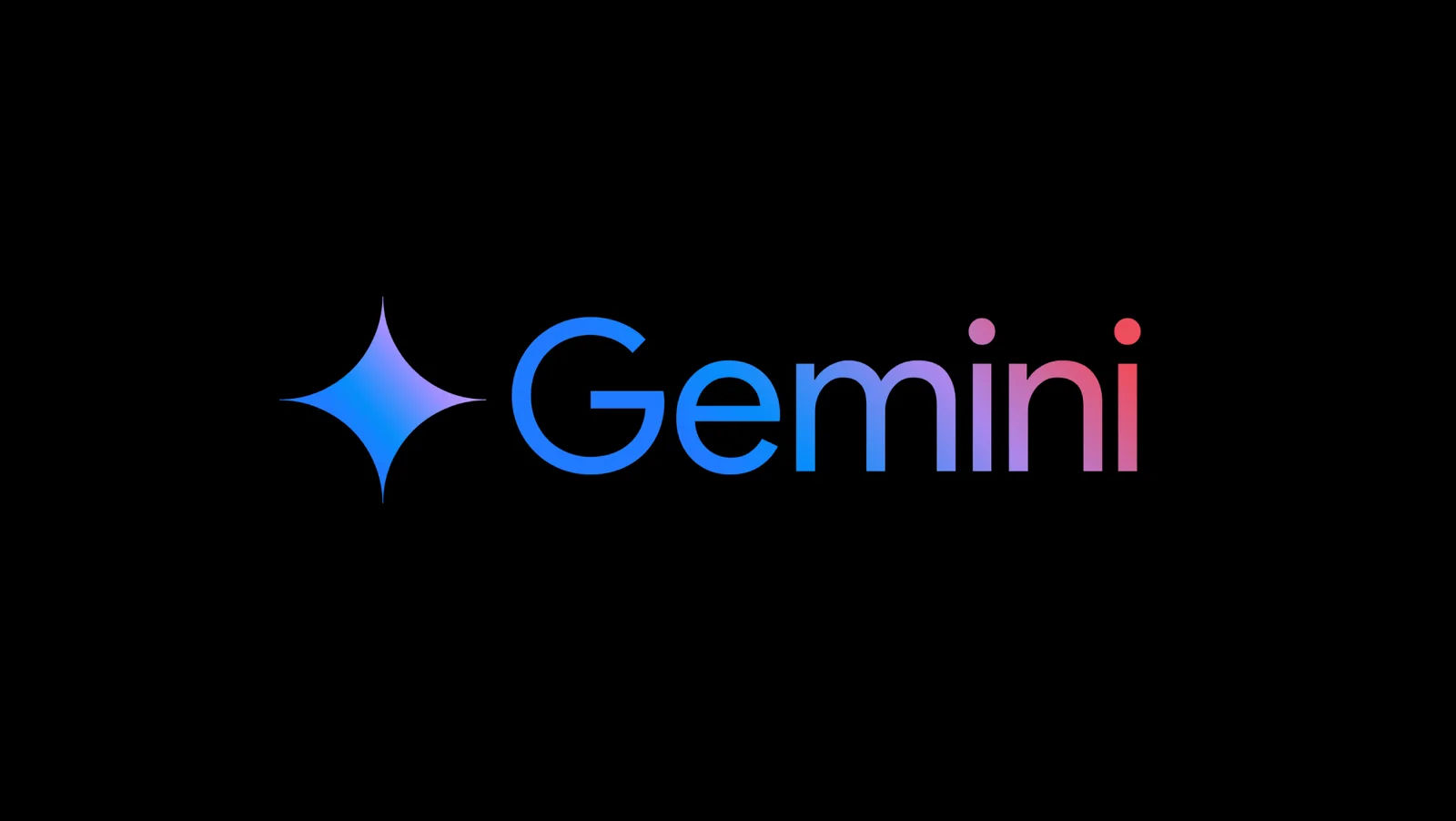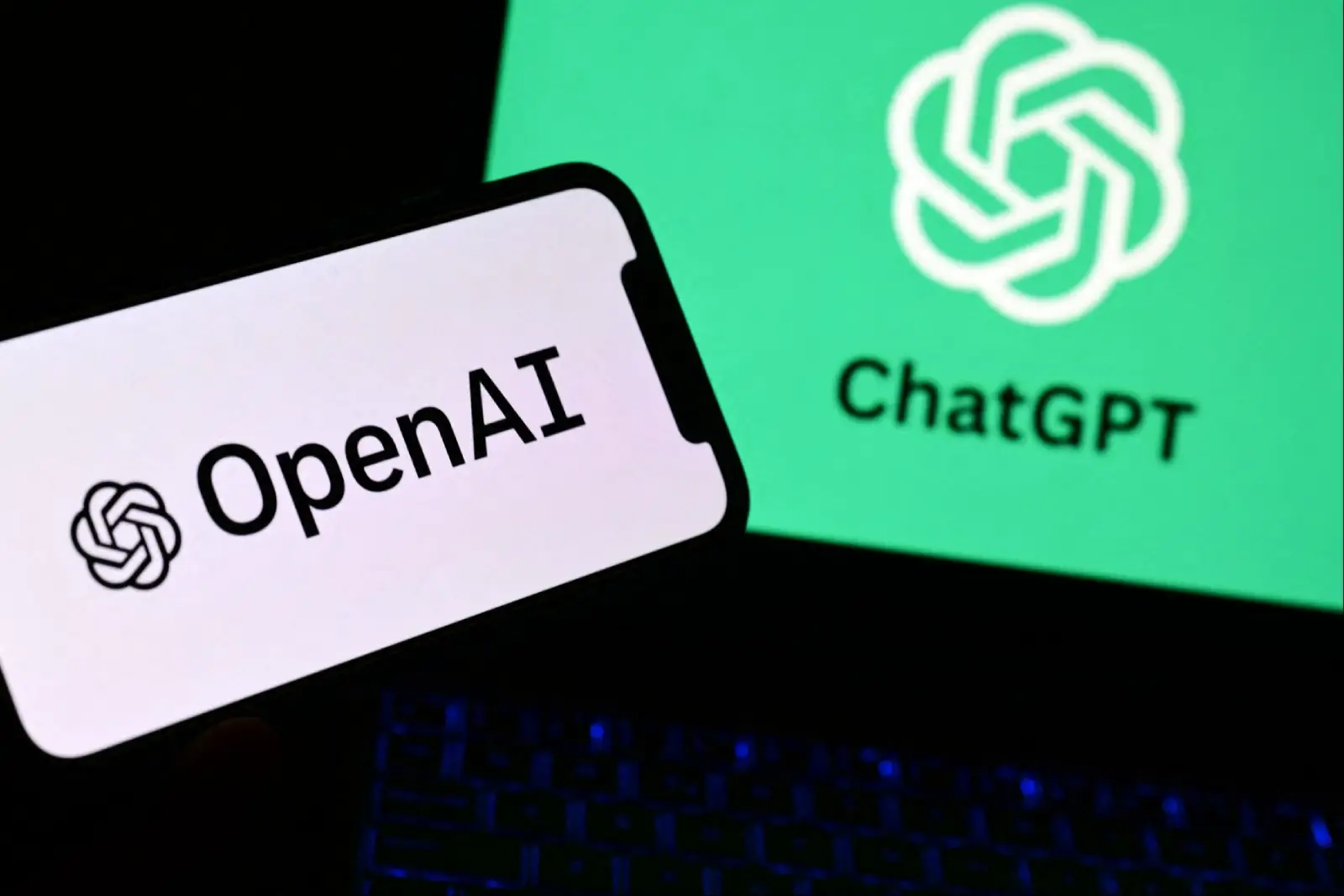Google has launched Nano Banana Pro, a new image generation and editing model built on Gemini 3 Pro. The upgrade expands Gemini’s visual capabilities inside the Gemini app, Google Ads, Google AI Studio, Vertex AI and Workspace tools.
Nano Banana Pro focuses on cleaner text rendering, richer world knowledge and tighter control over style and layout. Creators can produce infographics, diagrams and character consistent scenes, and refine lighting, camera angle or composition with detailed prompts.
The AI model supports higher resolution visuals, localised text in multiple languages and more accurate handling of complex scripts. Google highlights uses in marketing materials, business presentations and professional design workflows, as partners such as Adobe integrate the model into Firefly and Photoshop.
Users can try Nano Banana Pro through Gemini with usage limits, while paying customers and enterprises gain extended access. Google embeds watermarking and C2PA-style metadata to help identify AI-generated images, foregrounding safety and transparency around synthetic content.
Would you like to learn more about AI, tech and digital diplomacy? If so, ask our Diplo chatbot!










